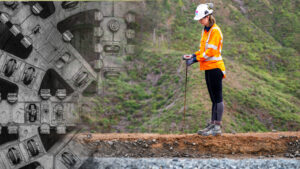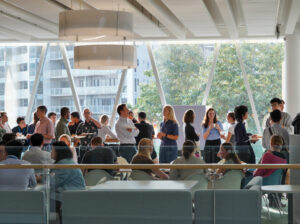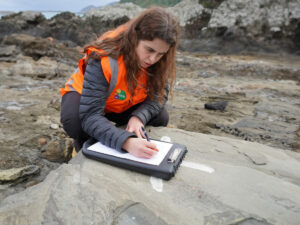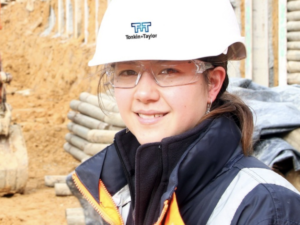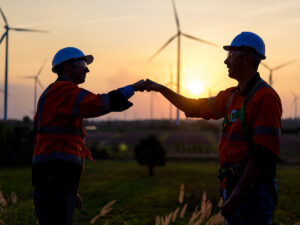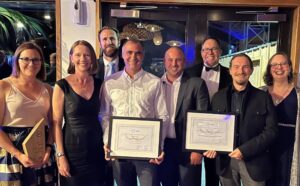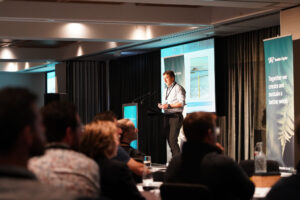At Tonkin + Taylor, we are deeply immersed in the challenge of waste management – in New Zealand, Australia, and the Pacific.
We have a dedicated team that work to plan, design, and monitor waste and resource facilities and services. A key part of this work is to drive more sustainable activities and prioritise environmental stewardship across the waste sector in Aotearoa.
Understanding that the status quo of waste and resource recovery in New Zealand is no longer an option. We asked Kimberley Hope – Principal Waste and Resource Recovery Consultant, and Jonathan Shamrock – Technical Director Landfill Engineering + Geosynthetics to share their insights on our current waste environment, circular economy, and future changes needed within our nation’s waste sector.
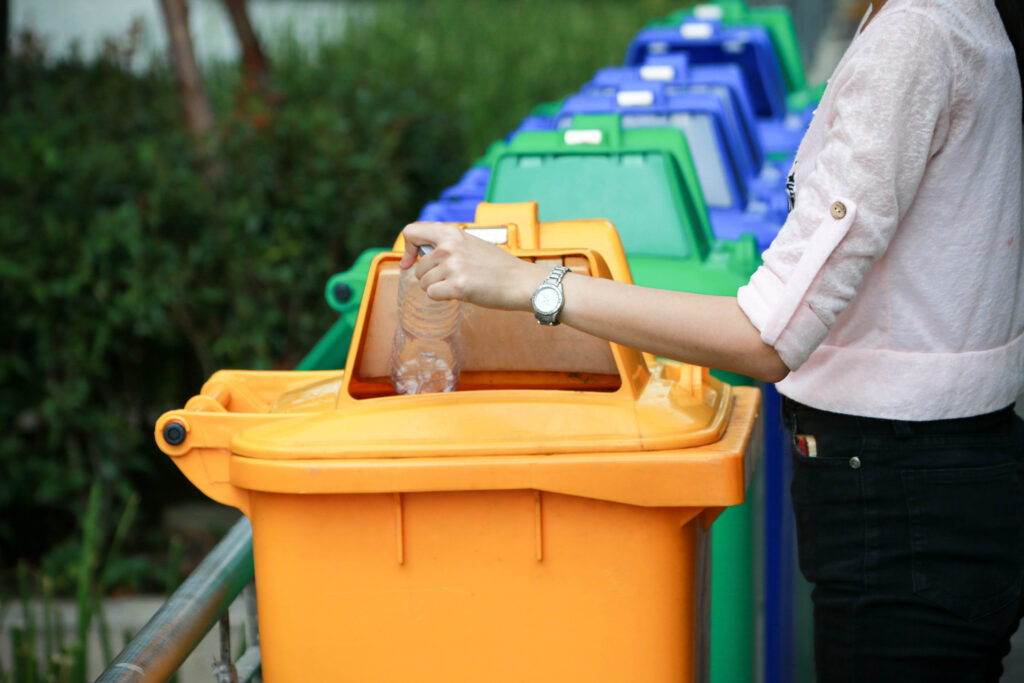
What does waste management and reduction mean for our team at T+T?
Waste management is a complex problem for the waste sector across the country, due to its multifaceted nature. It involves environmental, economic, social, and technological challenges, and a need for integrated solutions across various sectors and stakeholders.
‘Currently, we are not seeing the levels of change in societal attitudes needed to decrease the disposal of waste to landfill. Any gains from reduction, diversion to clean fill and recycling are largely offset by population increase and economic growth. This means that we continue to need landfills and they must be designed and managed in a way that they do not pose a risk to the well-being of society at large’ says Jonathan.
‘That’s one area where we come in, T+T has expertise to reduce risk of groundwater contamination through appropriate design and construction monitoring of the installation of lining systems and mitigating discharges to air through capturing and using the gas generated at these facilities for energy.’
Driving reduction is top of mind for our team at T+T, not least because it is a lot cheaper than spending time and money on recycling or waste disposal. With few changes being seen in the tonnage of waste in our landfills, avoiding and reducing waste is a key part of our work to facilitate more sustainable activity and behaviour.
Kimberley notes that reduction starts through “prioritising waste reduction strategies higher up the waste hierarchy. This means focussing on reducing waste for example through redesigning products or prioritising reusable over single use items.”
“Working strategically allows us to map out existing sources of waste generation where we can identify opportunities to create more circular activity – taking one person’s unwanted material (waste) and creating valuable products. We can then drive change though action plans, such as the Council’s waste management and minimisation plan or the Circular Economy Action Plans many businesses are actively implementing.”
How can the Waste Sector in Aotearoa improve, what direction should waste management take?
The waste sector in New Zealand requires a fundamental shift towards more sustainable practices, and an increase in circular thinking, realising it is not something to be managed but an opportunity to create value, conserve resources, and minimise ecological consequences.
Setting up infrastructure that ensures waste is not directed to landfills is essential Jonathan highlights.
‘Having onshore beneficiation of materials allows us to recycle efficiently, removing it out of the waste stream and giving it additional value in the form of a higher-grade product. When a product has increased material value there will be less inclination to simply dispose of it.”
We also need to be looking for opportunities to use these materials in our projects, for example recycled aggregates in construction and high recycle content bins for recycling collections.
Coming together to create and sustain change is another essential way to improve the sector says Kimberley.
‘Collaboration across sectors to achieve more circular solutions is needed to achieve change both regionally and nationally. Prioritising actions that address emission reduction or other sustainability goals can provoke progress in more than waste reduction. It requires everyone to take responsibility and action.’
How can reframing our view contribute to a more circular economy, and what can people do to reduce rubbish at home?
Focusing on designing out waste, product stewardship, and increasing a reuse and repair culture is essential to creating a more circular approach to the waste sector.
Before we think about management, we first need to tackle waste reduction. Changing product designs to ensure they can be repaired, rather than replaced, and removing unrepairable goods from the system before they become waste is an area that requires the most focus. Looking for ways to maximise the value of unwanted materials rather than simply choosing the lowest cost option can lead to different results.
At an individual level, it is hard to feel that personal consumption of individuals can make a difference, but it is essential to drive change highlights Kimberley.
‘Focusing on driving demand for more sustainable and circular products and services through changing what you buy is a great place to start. Borrowing instead of buying goods and reusing and repairing items are both cost-effective and better for the planet.’
To create and sustain a better world when it comes to waste and resource recovery, we must work together as a collective to initiate change at every level. While a circular economy may feel difficult to achieve, shifting our mindset and commodity culture is a pivotal way we can make a difference.



